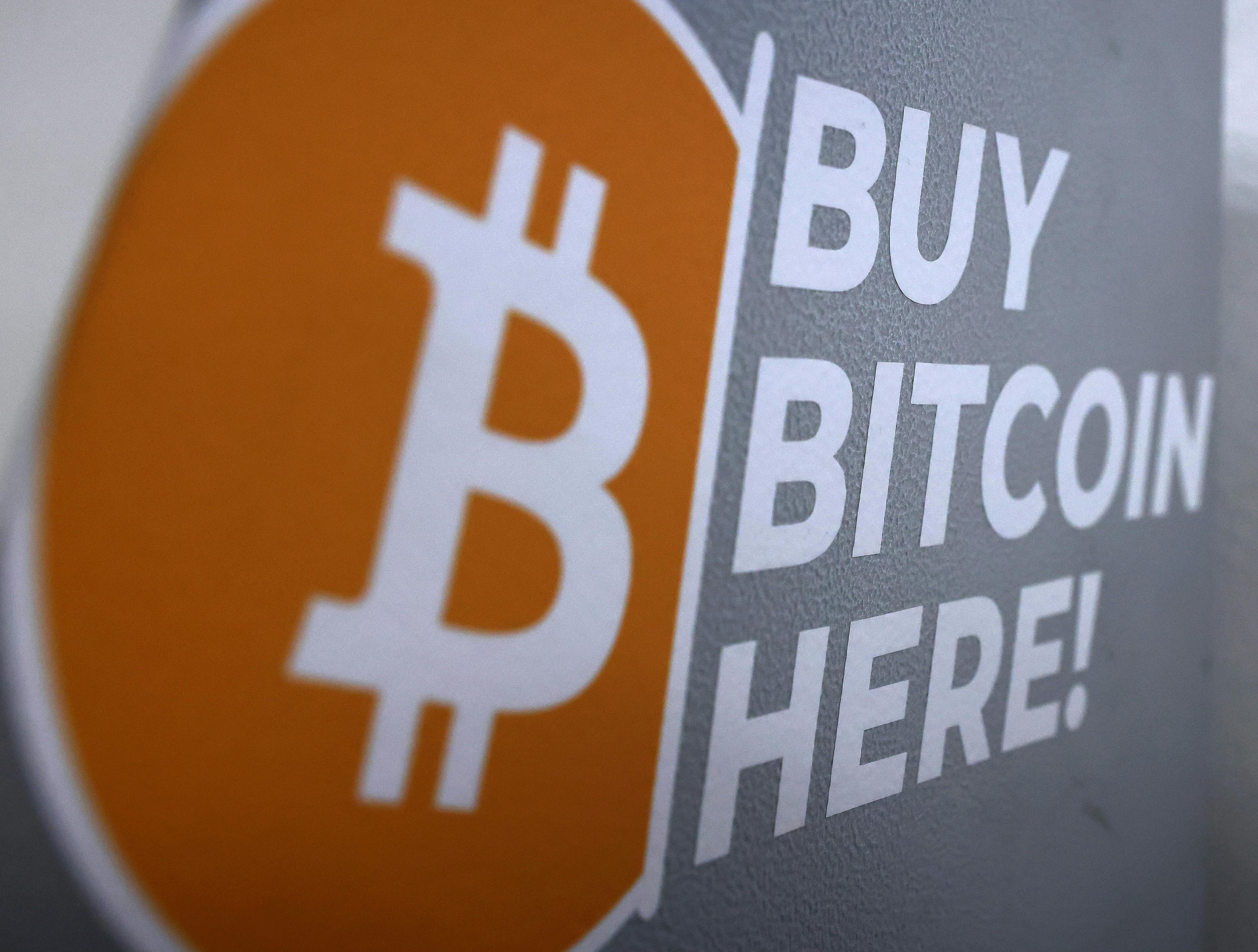Hot inflation report cools bitcoin price, but not for long
“This reaction is antithetical to BTC’s narrative as an inflation hedge.”
The US Consumer Price Index rose by more than expected in January — 0.5% month on month versus the consensus estimate of 0.3% — signaling that the country is not out of the woods with inflation. Along with the overall stock market, the report brought bitcoin’s price crashing down, with the price dropping to about $94,000 minutes after the report was released, though it has since recovered to $95,500 as of 11:15 a.m ET.
Bitcoin dived after the hot inflation print
— Joe Weisenthal (@weisenthal.bsky.social) February 12, 2025 at 9:17 AM
[image or embed]
Bitcoin’s price drop today is also reviving the age-old debate about whether bitcoin is or is not an inflation hedge.
Historically, CPI reports have actually had little effect on bitcoin’s price. A CoinGecko analysis found that its “price falls or rises regardless of the direction of the inflation rate shift.” The report noted:
“For instance, when the CPI report showed a drop from 8.5% to 8.3% (annualized) between March and April 2022, Bitcoin price dropped -11%. Vice versa, Bitcoin’s price went up 9.68%, following a CPI report showing an inflation decrease from 8.2% to 7.7% (annualized) between September and October 2022.”
The inflation report also signals that the Fed might not cut rates as much or as soon as previously anticipated.
“Not only will this create tremendous psychological damage to investors, but the market will likely have a negative knee-jerk reaction to the increasing risks of higher-for-longer or even higher-from-here, so caution is warranted,” Chris Zaccarelli, CIO of Northlight Asset Management, said.
So what does it mean for bitcoin?
Alan Orwick, cofounder of Quai Network, told Sherwood News that the report, which suggests tighter monetary policy, drove the sell-off. “However, there’s optimism for a rebound if inflation cools or liquidity returns to the market,” he said. “This reaction is antithetical to BTC’s narrative as an inflation hedge.”
Other experts echoed the sentiment, noting that the prospect of US interest rates being cut anytime soon has faded, and bitcoin is almost entirely correlated with risk assets.
Nic Puckrin, financial analyst and founder of Coin Bureau, said that though bitcoin was designed to be a hedge against inflation, its adoption by some of the biggest institutions in the world means it moves with stock markets.
“However, tomorrow, we will likely see bitcoin stabilize as long-term holders take advantage of the dip to buy into what is the best store of long-term value currently available,” Puckrin said.
In contrast, some see this as a harbinger of more downward pressure for bitcoin in the foreseeable future.
Jim Flint, founder of Local Search Group and former CRO of the Texas Blockchain Council, said that for bitcoin to go significantly higher, there are typically two key steps. First, the cutting of Fed rates, which is highly unlikely due to today’s CPI. “Second, quantitative easing, or, better said, money printing,” he said. “This morning’s report pushes each of those two steps even further out.”
Yaël Bizouati-Kennedy is a financial journalist who’s written for Dow Jones, The Financial Times Group, and Business Insider.
